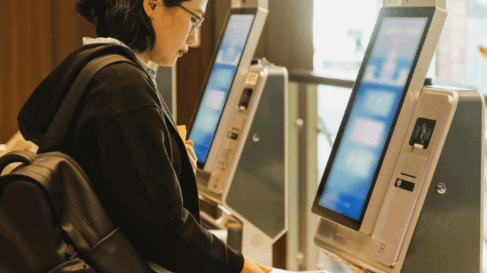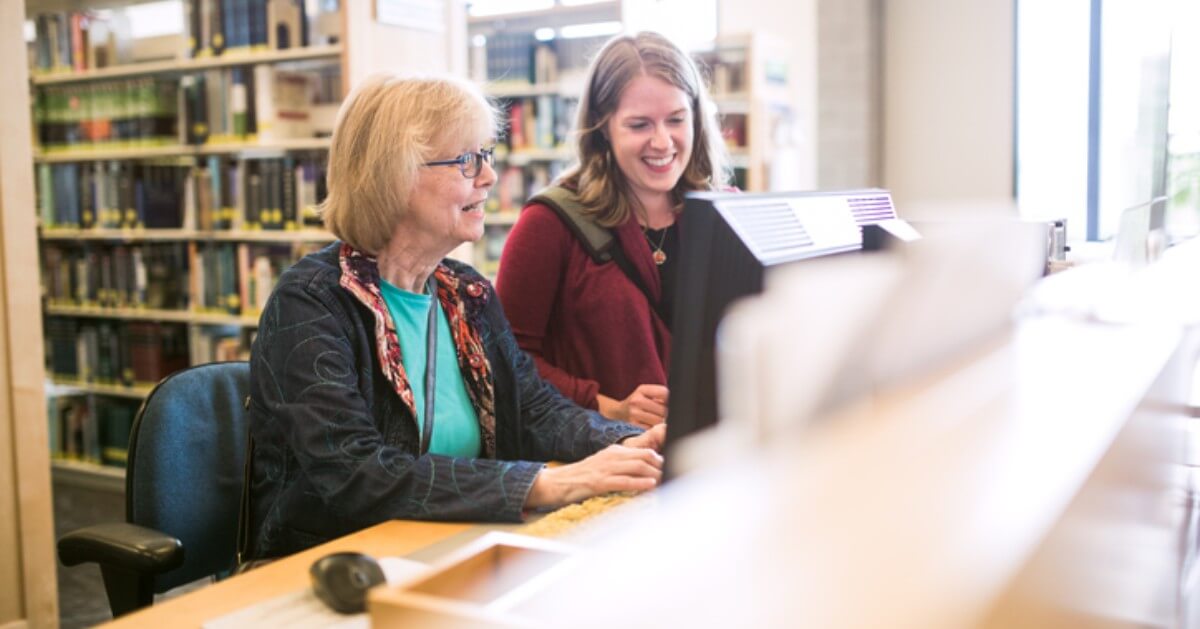Ex Libris Blog

AI
Alma
Artificial Intelligence
Artificial Intelligence
Higher Education
June 24, 2025 |
4 min read
Smarter library management starts today

Alma
Community
Higher Education
May 26, 2025 |
4 min read
Moving libraries forward in an ever-changing world

Pivot
Research
May 06, 2025 |
1 min read
Searching for Research Funding: A Look at the Data

Artificial Intelligence
March 18, 2025 |
4 min read
Harnessing the power of AI in academic libraries

Rialto
March 16, 2025 |
5 min read
A closer look at: How Rialto continues to support libraries

Alma
Community
February 12, 2025 |
5 min read
A User-Centric Redesign Journey: Purchase Order Lines Management UX in Alma

Community
ELUNA Library Conference Archive
IGeLU
February 10, 2025 |
3 min read
How a thriving library community builds better library technology

Alma
January 26, 2025 |
4 min read
The Importance of Year-End Statistical Usage Reporting for Libraries

Alma
Content
December 29, 2024 |
4 min read
Shaping the Future of Content and Metadata Management

Alma
December 19, 2024 |
5 min read
Enhancing Library Management: UX Improvements in Alma

Alma
Content
Primo
Artificial Intelligence
December 18, 2024 |
4 min read
Artificial Intelligence Blog Series: Harnessing Academic AI – Insights from Clarivate

Alma
Content
November 17, 2024 |
3 min read
Ex Libris Innovates Bibliographic Record Management with AI-Powered Enrichment

campusM
Mobile Campus
November 05, 2024 |
4 min read
The Student Voice: Enhancing the Higher Education App Experience

Alma
Leganto
Primo
Artificial Intelligence
October 26, 2024 |
3 min read
Artificial Intelligence Blog Series: Meet Knowledge Assistant, Your Guide to the Ex Libris Knowledge...

Employees
Higher Education
Librarianship
October 26, 2024 |
6 min read
The Ex Libris Commitment to DEIA: Advancing Equity in Libraries

Alma
Leganto
Rapido
Rialto
Higher Education
October 14, 2024 |
5 min read
How academic library software can create a bold future


